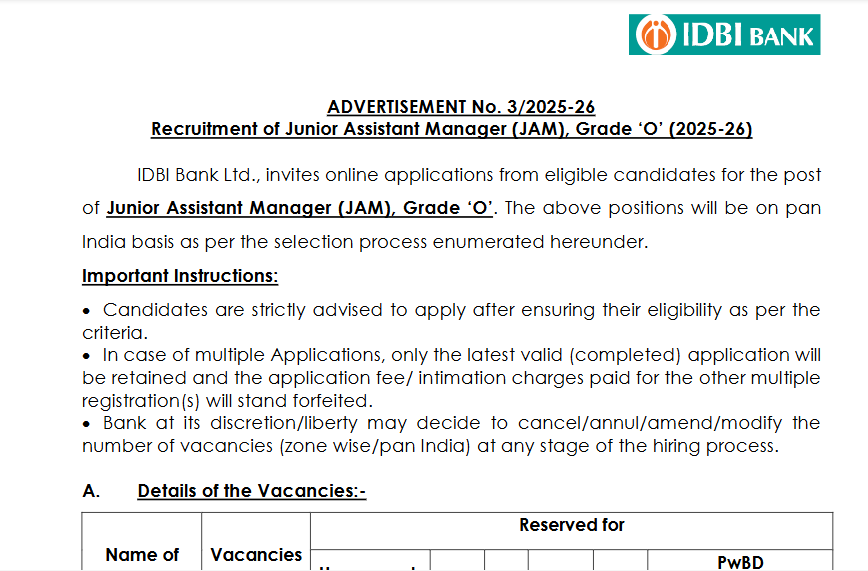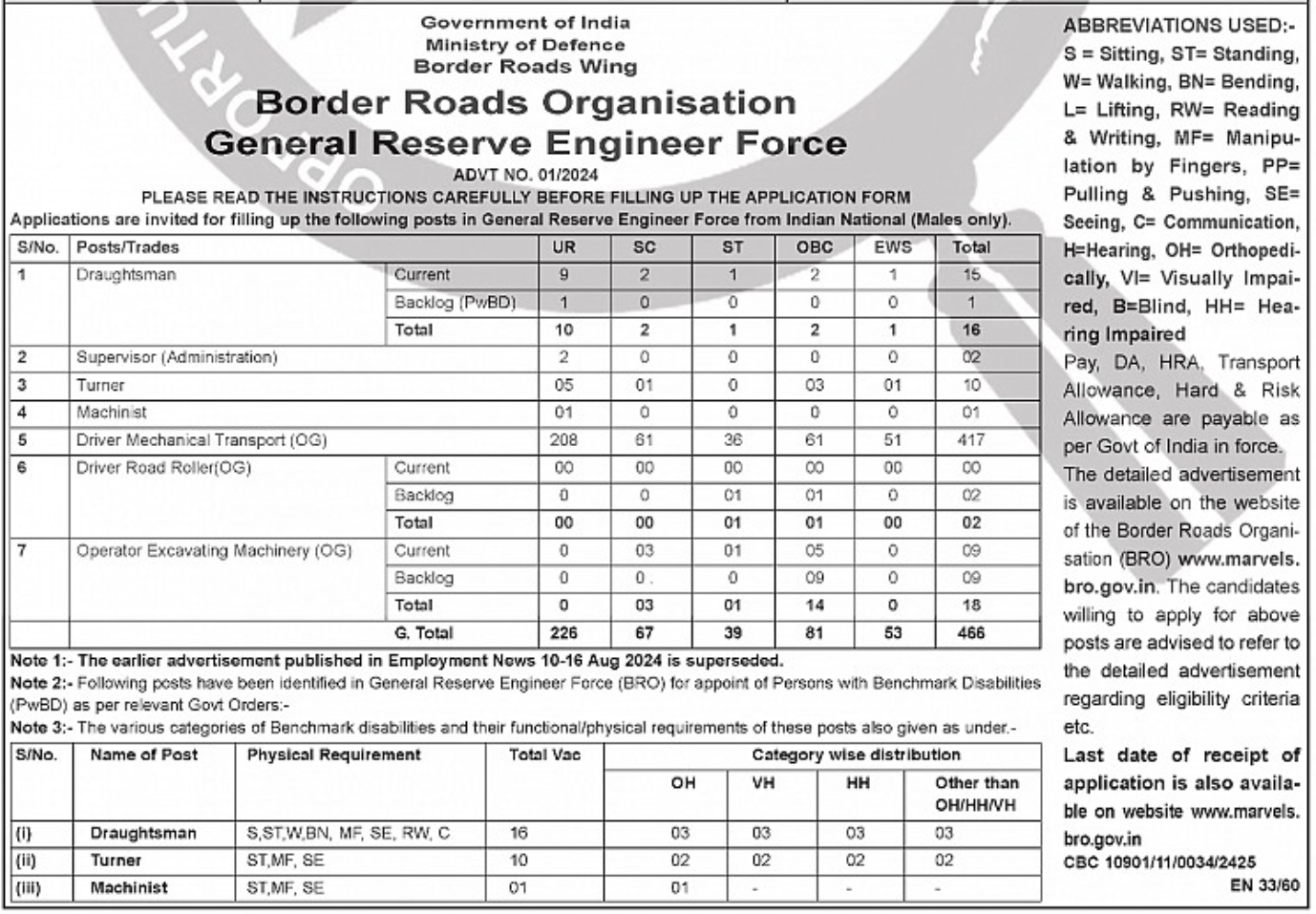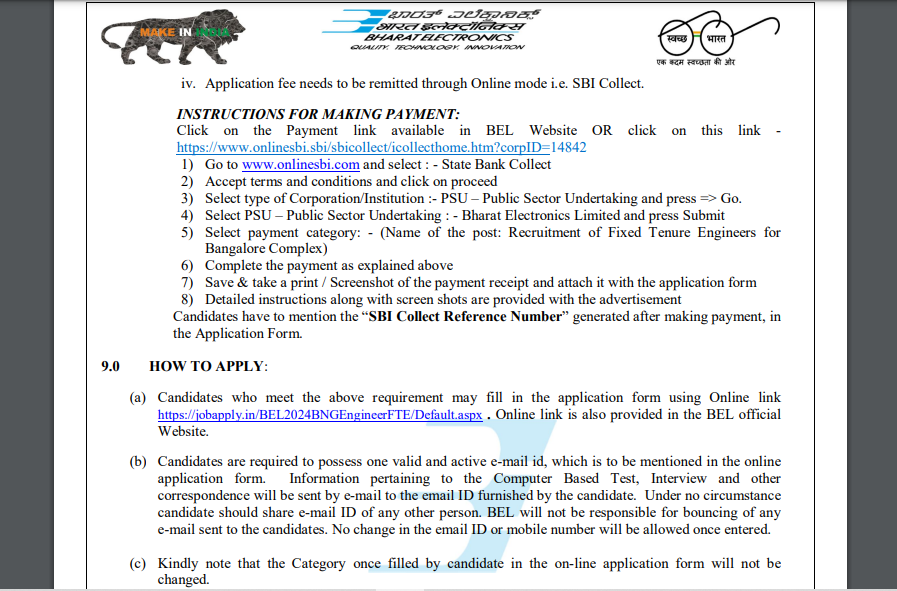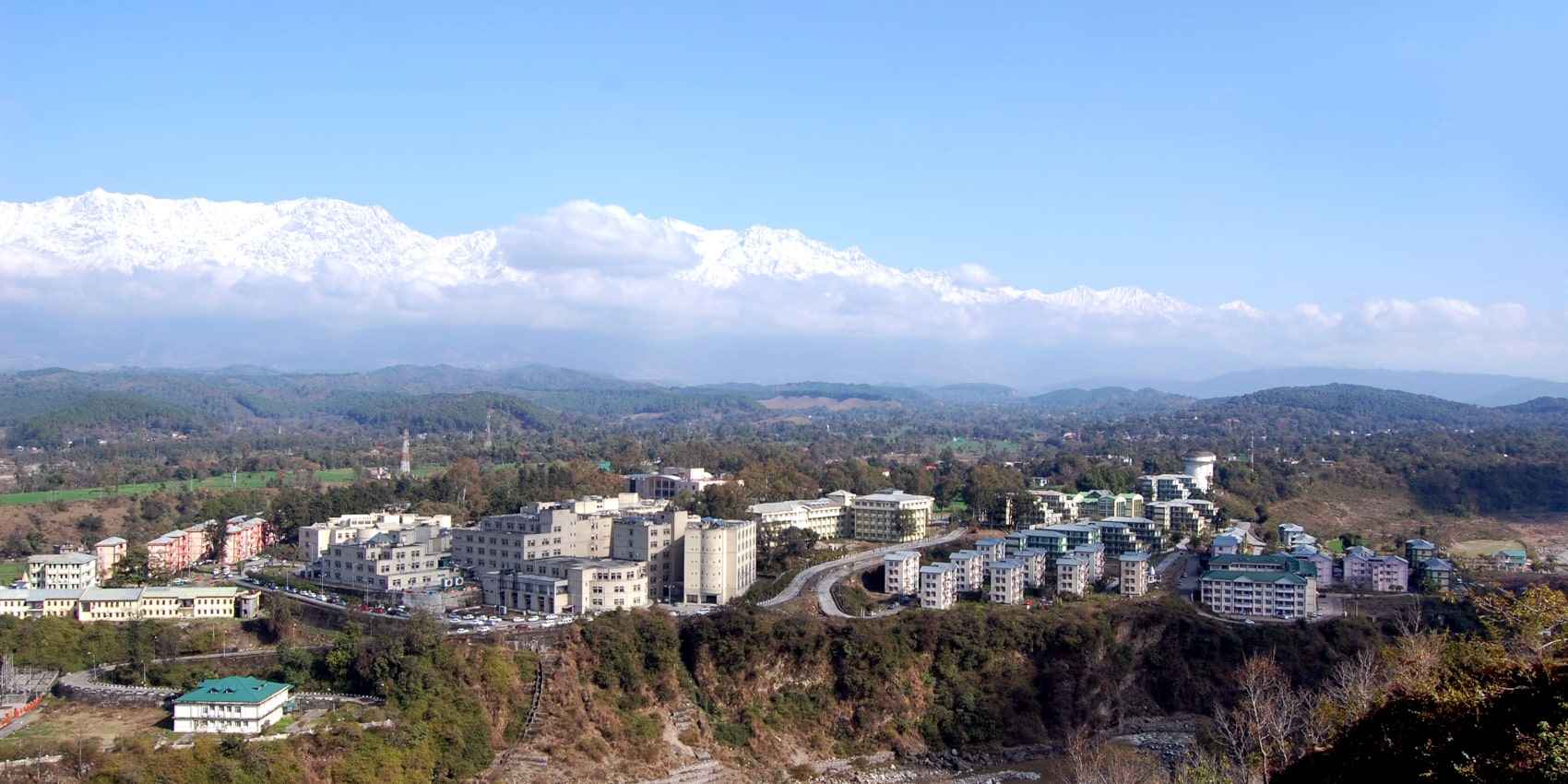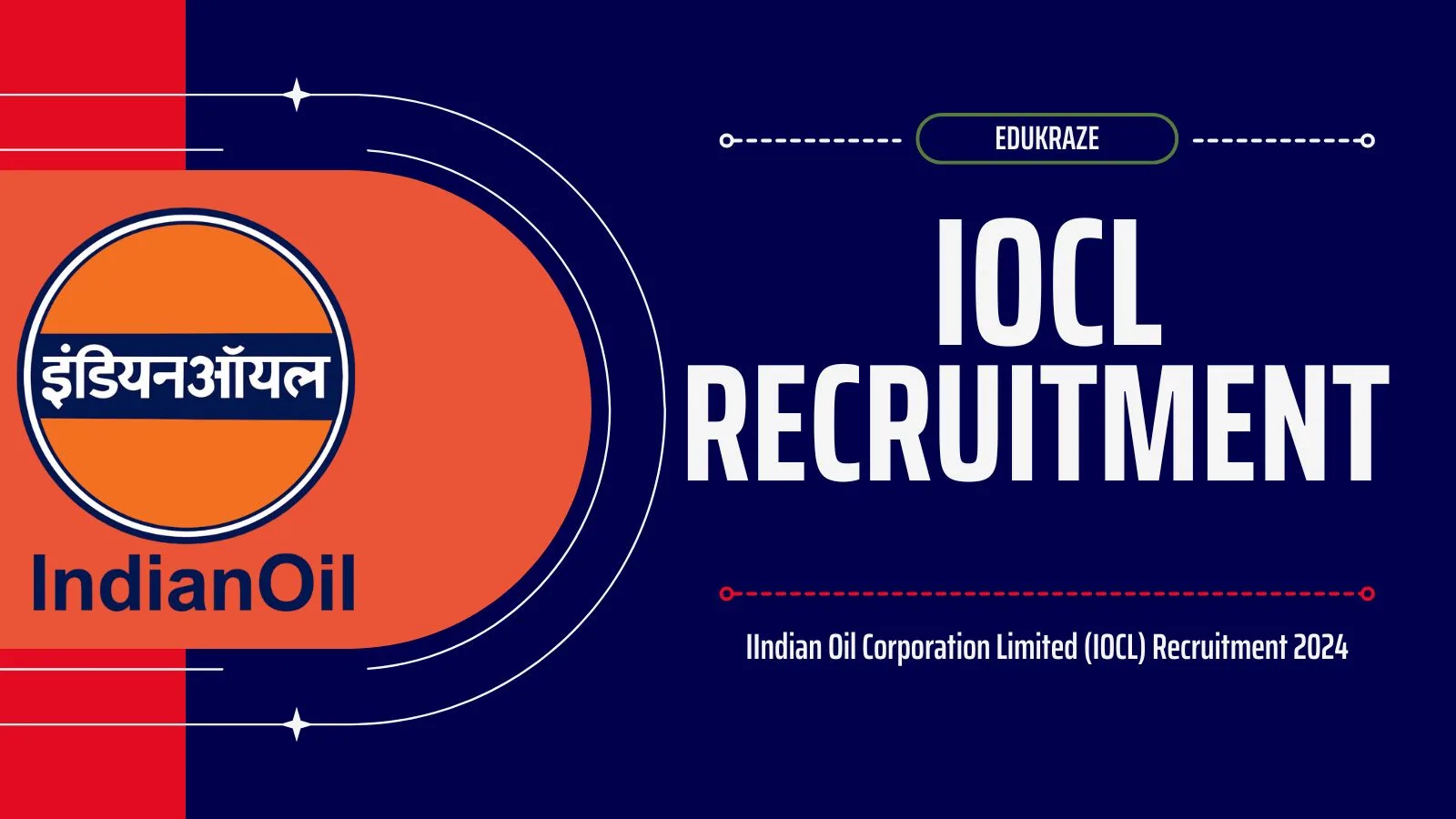Air quality has been a major concern in Delhi, with the national capital grappling with high levels of air pollution for years. However, as per the latest Air Quality Index (AQI) data of the Central Pollution Control Board (CPCB), Delhi has witnessed the highest number of days with ‘Good to Moderate’ air quality during the first four months’ period of 2023 (i.e., January to April) as compared to the corresponding period of the last seven years since 2016 (barring the periods of very low anthropogenic, industrial, and commercial activities during the Covid-19 lockdown year 2020).
Table of Contents
1. Introduction
Air pollution has been a persistent problem in Delhi, with high levels of PM2.5 and PM10 causing significant harm to public health. However, the latest data from the Central Pollution Control Board (CPCB) indicates a positive trend in air quality in the national capital.
2. Delhi witnesses maximum number of ‘Good’ to ‘Moderate’ Air Quality days during the first 4 months’ period of January –April 2023 as compared to the corresponding period of last 7 years since 2016
According to AQI data of the CPCB, Delhi has witnessed the highest number of days with ‘Good to Moderate’ air quality during the first four months’ period of 2023 (i.e., January to April) as compared to the corresponding period of the last seven years since 2016 (barring the periods of very low anthropogenic, industrial, and commercial activities during the Covid-19 lockdown year 2020).

3. The number of ‘Poor to Severe’ Air Quality Days in Delhi was 108 in 2016 and 68 in 2023
During the same period, Delhi has also experienced the least number of days with ‘Poor to Severe’ air quality in 2023, as compared to the corresponding period of the last seven years since 2016 (except 2020 – the year of Covid lockdown). The number of ‘Poor to Severe’ air quality days for the first four months’ period (i.e., January to April) have come down by 37.03% i.e., from 108 in the year 2016 to 68 in the current year 2023.
4. Lowest levels of daily average PM10 and PM2.5 concentration with lowest Daily Average AQI in 2023
The data provided by the Central Pollution Control Board (CPCB) suggests that Delhi has witnessed the lowest levels of daily average PM10 and PM2.5 concentration with the lowest Daily Average AQI in 2023 during the first four months’ period (i.e., January to April). This marks a significant improvement in air quality in the city as compared to the previous years, except for the year 2020, which witnessed a significant reduction in pollution levels due to the Covid-19 lockdown.
The reduction in air pollution levels can be attributed to persistent field-level efforts and targeted policy initiatives taken by the government in the short, medium, and long term.

Initiatives to Improve Air Quality in Delhi
The government of Delhi has taken various initiatives to tackle the problem of air pollution in the city. Some of these initiatives include:
- Odd-Even Scheme: The odd-even scheme is a traffic rationing scheme implemented by the government to reduce the number of vehicles on the road. Under this scheme, vehicles with odd and even number plates are allowed to ply on alternate days.
- Graded Response Action Plan (GRAP): GRAP is an emergency action plan developed by the government to tackle episodes of high air pollution. The plan includes measures like banning diesel generators, increasing parking fees, and shutting down brick kilns and stone crushers.
- Introduction of BS-VI Fuel: The government has introduced BS-VI fuel in Delhi, which has significantly reduced the amount of sulfur and other pollutants in the fuel.
- Promotion of Public Transport: The government has taken various measures to promote public transport in the city, including the introduction of new buses and the expansion of the metro network.
- Greening of Delhi: The government has undertaken a massive plantation drive to increase the green cover in the city. This includes the planting of saplings along roads, in parks, and on unused land.

Conclusion
The reduction in air pollution levels in Delhi during the first four months’ period of 2023 is a positive sign, indicating that the efforts of the government and other stakeholders are bearing fruit. However, the problem of air pollution in the city is far from over, and more needs to be done to ensure that the city breathes clean air. The government must continue to take proactive measures to curb air pollution, including promoting electric vehicles, imposing stricter emission norms on industries, and promoting renewable energy.
FAQs
Q1. What is the main cause of air pollution in Delhi?
A1. The main cause of air pollution in Delhi is vehicular emissions, industrial pollution, and burning of crop residue in neighboring states.
Q2. What is the Odd-Even scheme?
A2. The Odd-Even scheme is a traffic rationing scheme implemented by the government to reduce the number of vehicles on the road. Under this scheme, vehicles with odd and even number plates are allowed to ply on alternate days.
Q3. What is the Graded Response Action Plan (GRAP)?
A3. The Graded Response Action Plan (GRAP) is an emergency action plan developed by the government to tackle episodes of high air pollution. The plan includes measures like banning diesel generators, increasing parking fees, and shutting down brick kilns and stone crushers.
Q4. How has the introduction of BS-VI fuel helped in reducing air pollution in Delhi?
A4. The introduction of BS-VI fuel in Delhi has significantly reduced the amount of sulfur and other pollutants in the fuel, which has helped in reducing air pollution in the city.
Q5. What measures can be taken to reduce air pollution in Delhi?
A5. Some of the measures that can be taken to reduce air pollution
Do Follow us on Facebook and For More Updates on Competitive Exams Checkout our Website





